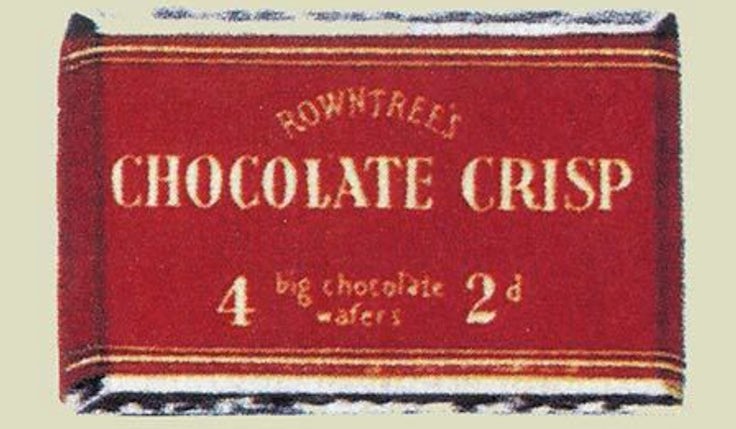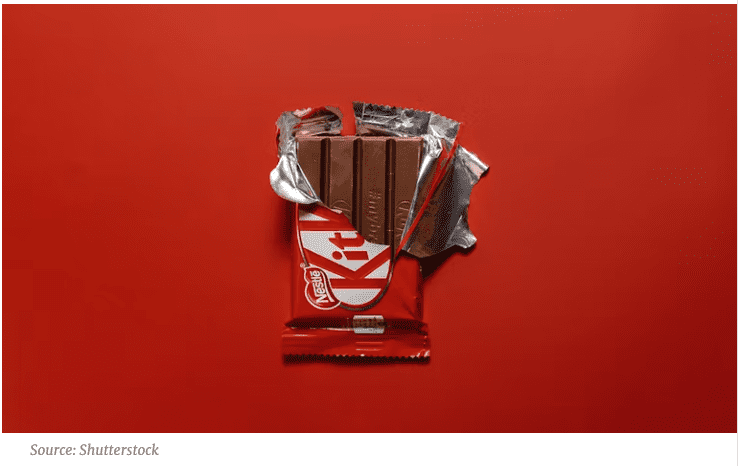We often enshrine the name of a brand’s founder in gold. Later, we portray them in hagiographic movies. Or show their profile in anniversary advertising. But none of that is possible with KitKat. The eponymous chocolate wafer has an anonymous founder. It could have been invented by any one of a thousand Rowntree employees working in its York factory in the early 1930s.
Because all anyone knows is that one day a worker, presumably disappointed with the contents of their lunch box, wrote a short missive suggesting Rowntree create a snack that “a man could take to work in his pack”.
The worker dropped their idea into the company’s suggestion box and – in all probability – forgot about it by teatime, never realising their suggestion was the genesis for one of the world’s most successful snacks. And equally importantly; for the creation of a brand that now epitomises the balance between distinctiveness and differentiation for a generation of marketers struggling with this precarious equilibrium for their own brands.
The silver platter
Somebody was reading those suggestions, however. Rowntree launched its new product onto the market in 1935. It was called Rowntree’s Chocolate Crisp, but most 21st Century eyes would look on that launch product with its flat shape, four fingers and red and white livery, and recognise the pre-cursor for what would become a KitKat bar.

Two years later Rowntree’s marketing team realised the Chocolate Crisp name was as boring as it was generic. The company had held a trademark for the KitKat name for 20 years having been inspired by the 18th Century slang for a very English pie. In 1937 they decided to use it.
The newly named KitKat bar became a huge success. Not only in the UK, but in key global markets like the USA (where it is marketed by Hershey under license) and in Japan where the snack has become something of a cultural mainstay for millions of students who are presented with it as a gift before exams. Kitto Katsu means ‘you will surely win’ in Japanese.

While the founder died unknown and unknowing, we can celebrate another marketer by name. JWT’s Donald Gilles coined the eternal slogan ‘Have a Break, Have a Kit Kat’ in 1957. The seven-syllable line was instantly catchy. More importantly, JWT took the prosaic breaktime functionality of the KitKat bar and expanded its meaning and cultural associations. KitKat was for breaks. Breaks were for KitKat. And the KitKat brand now stood for any positive abbreviation of daily tasks.
Before we finish this short history and get onto the double D point of the column, we also need to celebrate Nestlé. The Swiss company acquired Rowntree in 1988 and to its eternal credit managed to not fuck up KitKat. That’s a higher level of praise than it might sound. There is an elephant’s graveyard of brands that were acquired by bigger, seemingly smarter global players and then promptly decimated by the cruel combination of an exaggerated sense of capability and an underwhelming appreciation for the brand recently acquired. Snapple. Reebok. Jaguar. We know thee well.
But Nestlé did that most unusual thing:…



